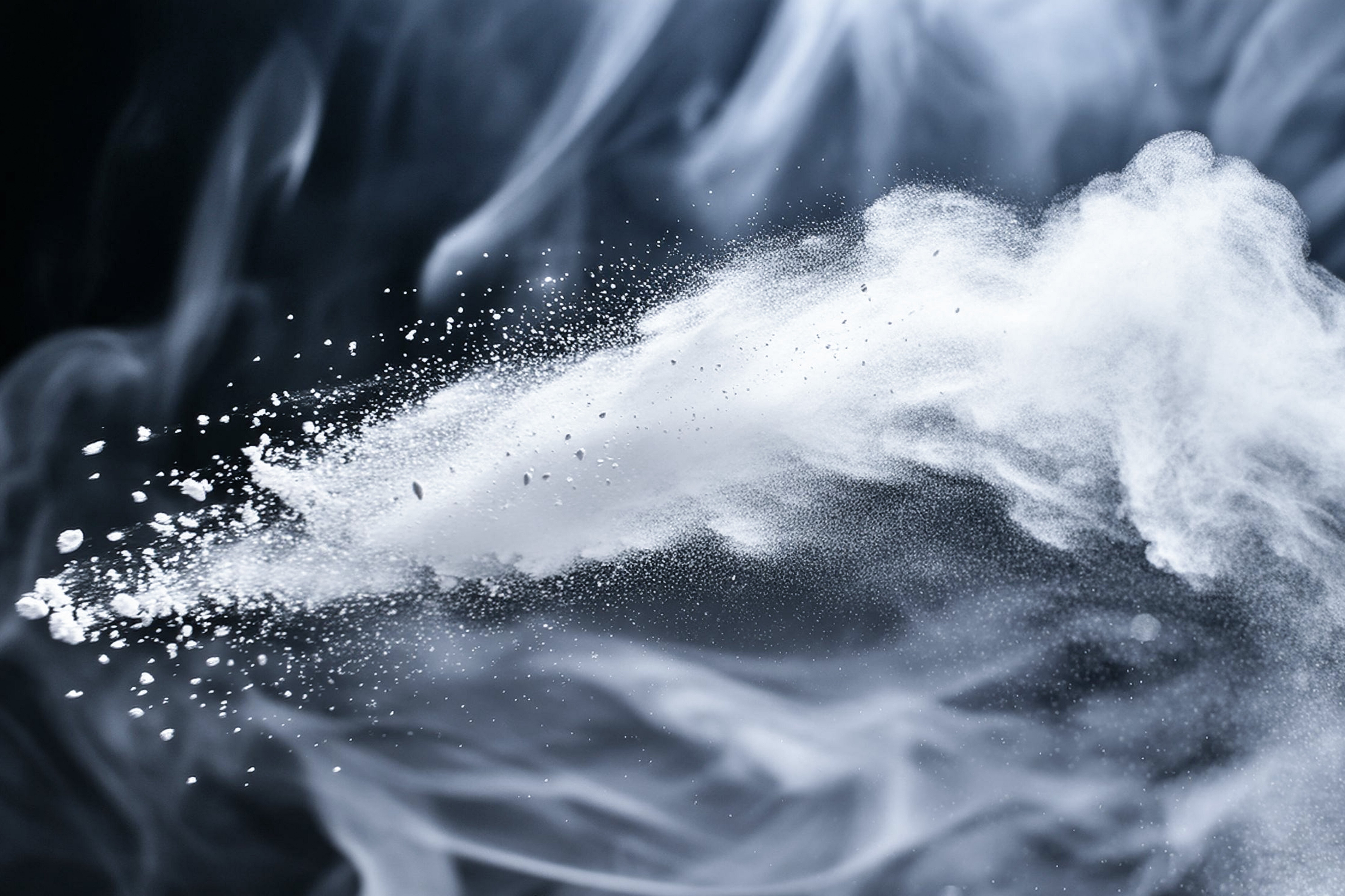In industrial environments, air quality is a critical issue, and fine dust and dry fumes are among the major sources of pollution within these spaces.
Although both pose a hazard, they are two distinct types of emissions that require specific control and filtration solutions.
In this article we will explore the differences between fine dust and dry fumes, their impact on industrial environments, and the importance of managing them properly.
What is fine dust?
Fine dust, also known by the acronym PM (Particulate Matter), are small solid or liquid particles suspended in the air. They are classified according to their size. Specifically:
- PM10: particles with a diameter of less than 10 micrometers
- PM25: particles with a diameter of less than 2.5 micrometers, also known as fine particulate matter
Fine dust is generated in a variety of industrial settings, such as during mechanical processing, cement production, metal cutting and grinding, and even through the combustion of fossil fuels. Because of their small size, these particles can penetrate deep into the human respiratory system, causing a range of conditions such as asthma, bronchitis, and other chronic lung diseases.
But particulate matter does not just harm human health; it also contributes to global air pollution. They can travel long distances, settling on soil and waterways, causing damage to ecosystems.
What are dry fumes?
Dry fume is a type of pollutant that occurs in the form of very fine particles. These fumes are formed when metals or other solid substances are heated beyond their melting point and subsequently condensed as solid particles or aerosols.
Dry fumes are commonly generated in processes such as welding, smelting, and various chemical processes.
Because of their composition, they can be highly toxic. Fine particles resulting from metals, such as lead or zinc, if inhaled can cause heavy metal poisoning, respiratory disease and other serious human health complications. In addition, they can contribute to soil and water contamination, adversely affecting the surrounding environment and accumulating in the food chain through bioaccumulation.
What are the main differences between fine dust and dry fumes?
Although both are hazardous pollutants, fine dust and dry fumes differ significantly in origin, size, and composition.
Origin: fine dust is mainly formed during mechanical processes, combustion and wear of materials. Dry fumes are generated during metal smelting or chemical reactions.
Particle size: fine dust can range from larger particles (PM10) to extremely fine particles (PM2.5). Dry fumes usually consist of even finer particles, which often fall into the PM2.5 category or even smaller.
Composition: fine dust may contain metallic, organic, or inorganic dust while dry fumes are mainly composed of metals or other substances that solidify from a vapor during cooling.
Filtration systems for fine dust and dry fumes
Filtration solutions are critical to reducing emissions of fine dust and dry fumes. These systems vary according to the specific needs of each industrial plant.
- Cartridge filters: these filters are effective at retaining fine particles due to filter cartridges that retain compounds on their surface. Ideal for fine dust environments.
- Electrostatic filter systems: used for dry fume control, they use the principle of static electricity to attract particles.
- Bag filters: excellent for filtering fine dust from mechanical processes and material handling operations.
Understanding the differences between these two types of pollutants is key to taking the right control and filtration measures. With the help of customized solutions and advanced technologies, a safer and more sustainable industrial environment can be created, thus ensuring a significant reduction in the risks associated with prolonged exposure to these harmful substances.
HF Group, with its customized and innovative solutions, is able to offer a wide range of filtration systems suitable for all kinds of industrial needs, ensuring not only regulatory compliance but also efficient and safe management of the working environment.
Fill out the form for a personalized consultation!



